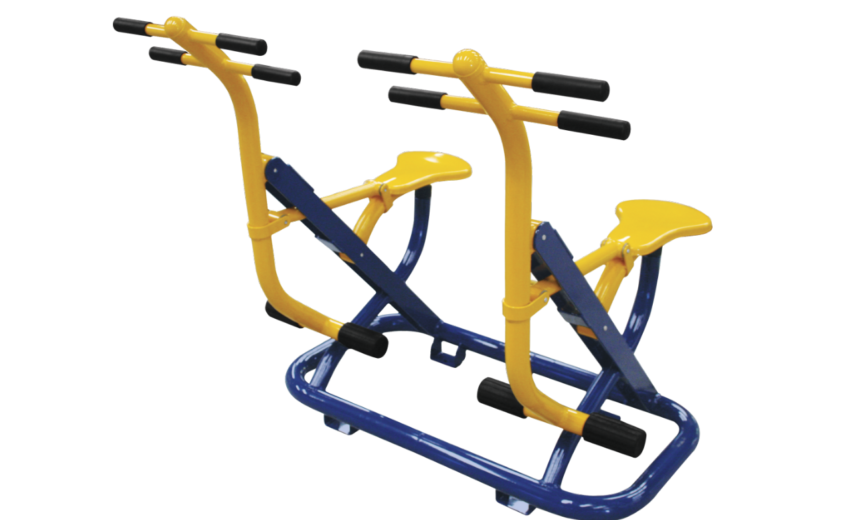The bicycle, often hailed as one of the most efficient and eco-friendly means of transportation, has a rich history that spans centuries. Its simplicity, versatility, and impact on personal mobility have made it an enduring symbol of freedom and adventure. In this article, we’ll explore the remarkable journey of the bicycle through time and space.
A Sustainable Solution:
The bicycle’s appeal lies in its environmental friendliness. It produces no emissions, requires no fuel, and relies solely on the power of the rider’s legs. In an era increasingly concerned about climate change and pollution, the bicycle stands as a shining example of sustainable transportation.

A Journey Through Time:
The precursor to the modern bicycle, known as the “running machine” or “draisine,” was invented by Karl Drais in 1817. It was a wooden contraption with two wheels and handlebars but no pedals. Riders pushed it along with their feet.
The Evolution of Design:
Over the years, the bicycle underwent numerous design improvements. In the 1860s, pedals were introduced, allowing riders to power the bike with their feet. The iconic “penny-farthing” with its large front wheel and small rear wheel emerged in the late 19th century, followed by the introduction of the “safety bicycle” in the 1880s, a design that closely resembles today’s bicycles.
A Tool for Liberation:
The bicycle played a pivotal role in women’s liberation, providing them with newfound independence and mobility in the late 19th century. It allowed people of all genders to explore the world beyond their immediate surroundings.
Modern-Day Significance:
In the 21st century, the bicycle continues to serve as a versatile mode of transportation. From urban commuters reducing their carbon footprint to athletes pushing the boundaries of human endurance in competitive cycling, its relevance has never waned.
Health Benefits:
Beyond its environmental advantages, cycling offers numerous health benefits. It’s an excellent cardiovascular workout, promotes muscle development, and enhances overall fitness. Regular cycling can also reduce stress and improve mental well-being.
A Sense of Adventure:
For many, the bicycle represents adventure and exploration. It opens up a world of possibilities, from leisurely rides through scenic landscapes to epic cross-country journeys.
Community and Connectivity:
Cycling fosters a sense of community. Group rides, cycling clubs, and charity events bring people together, forging connections and shared experiences.
In conclusion, the bicycle’s enduring appeal lies not only in its practicality and sustainability but also in its role as a symbol of freedom, empowerment, and adventure. As we continue to grapple with environmental challenges and seek healthier, more sustainable lifestyles, the humble bicycle remains an elegant solution that transcends time, connecting us to our past and guiding us toward a more sustainable future
